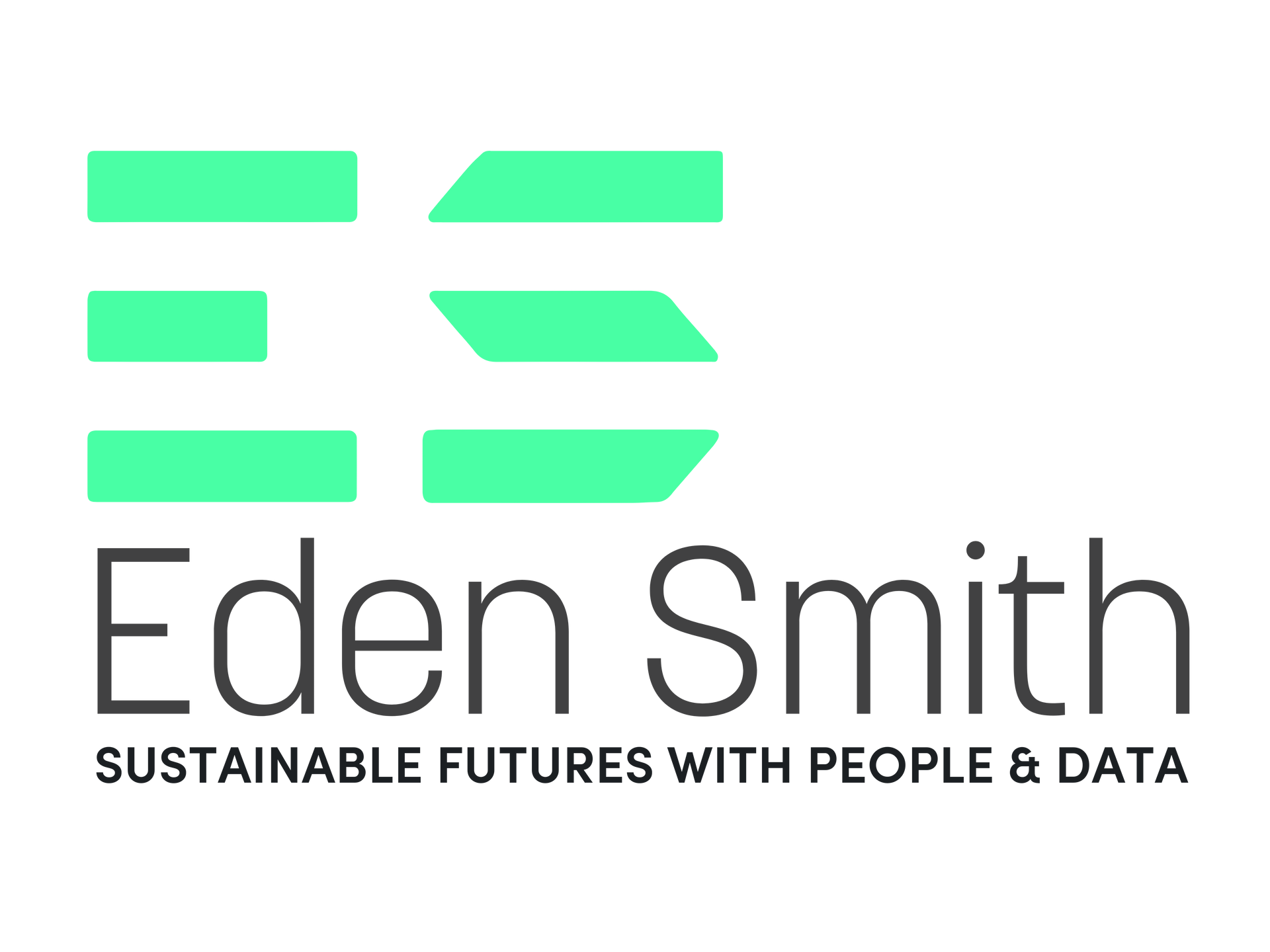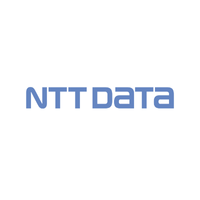How to Turn Business Challenges into Data Opportunities
How to turn Business Challenges into Data Opportunities
As we all know, every business has its own set of challenges. This is absolutely nothing new to any of us. We know that today’s business environment is defined by so many different factors, such as change, complexity, uncertainty in the markets, the list goes on. From shifting consumer expectations to disrupted supply chains, companies are navigating constant turbulence. But within every challenge lies an opportunity, and increasingly, those opportunities are unlocked through data.
Enter the modern data leader. More than just a steward of infrastructure, today’s Senior Leader in Data has to be a business strategist capable of turning pain points into company performance gains. Their mission? To unify fragmented data, uncover insights, and translate complexity into clarity, creating measurable value in the process.
In an era where decision-making needs to be fast, accurate, and forward-looking, data leadership isn’t a technical function, it’s a transformative force. And the most effective data leaders are the ones who can look at a business problem and say, “Where’s the signal in the noise?”
Tackling Customer Retention with Data
Consider a familiar challenge: customer churn. A B2C enterprise is seeing declining retention rates, but the cause isn’t immediately clear. Marketing blames pricing. Sales points to competition. Product teams cite feature gaps. The truth? It’s a mix of all three.
This is where data leadership shines. A strong data leader brings cross-functional teams together and designs a unified data model that combines CRM, customer feedback, usage patterns, and churn rates. By applying predictive analytics and customer segmentation, they can identify high-risk segments and create personalised interventions, turning a retention crisis into a loyalty-building strategy.
The proof is in the pudding. Telcos, retailers, and SaaS companies alike have leveraged data to reduce churn by up to 30%, simply by letting insight guide customer engagement. Surely this should be seen as a huge success to any business.
Optimising Supply Chains with Predictive Insights
Supply chain inefficiencies are another business-wide issue. Delays, rising logistics costs, and inventory mismatches all lead to missed revenue. Traditional solutions often treat symptoms, adding staff, increasing safety stock, but fail to address the root cause: lack of data visibility.
Any strong data leader worth their salt will step in with a broader lens. They may integrate internal ERP systems with external data like weather patterns, supplier performance, and transport disruptions. By applying machine learning models, they would have the ability to forecast demand, flag potential bottlenecks, and automate reordering decisions.
The result? One global manufacturer cut lead times by 18% and improved inventory accuracy by 25% by introducing a data-driven logistics dashboard led by the CDO’s office. This is how business pain becomes an operational advantage.
Cross-Functional Collaboration: The Heart of Strategic Data Leadership
The most impactful data initiatives don’t happen in silos. Solving challenges like employee productivity, fraud detection, or ESG compliance requires coordination across departments, from finance to operations to HR. That’s why modern data leaders must also be collaborators, translators, top communicators and just as importantly change agents! The saying ‘one must wear many hats’ seems to fit this idea.
Take operational efficiency. A large insurance firm struggled with slow claims processing due to fragmented systems across teams. Their CDO orchestrated a task force combining IT, legal, customer service, and compliance. Together, they mapped the claims process, identified redundancies, and introduced AI-driven triage tools. The result was a 40% reduction in processing time.
It’s not about owning the solution, it's about enabling the right solution, at the right time, with the right data and ensuring you have the right team in place!
Turning Insight Into Impact
Every organisation has untapped potential buried in its data. The difference between surviving and thriving often comes down to whether that data is used reactively or strategically.
When data leaders align with business priorities, build bridges between teams, and foster a culture of insight-driven action, real transformation happens. They become not just problem solvers, but opportunity creators, helping the business move faster, smarter, and more confidently toward the future.
The next business breakthrough may not come from a new product or market. It might come from seeing what’s already in your data and having the leadership in place to act on it.
Ready to Turn Data into a Strategic Advantage?
At Eden Smith, we work with forward-thinking organisations to identify and place the data leaders who can drive meaningful change. Whether you're looking to build out your leadership team or explore how data strategy can solve your biggest challenges, let's start the conversation.
👉 Connect with Jane Smith today to learn more about our executive search and data consulting services.












